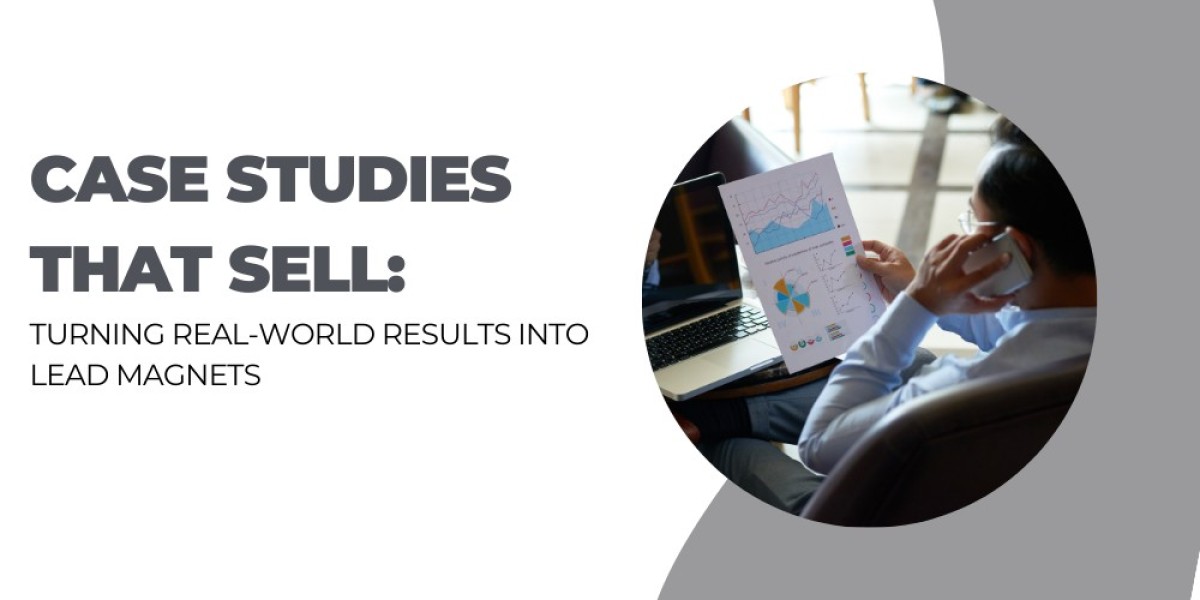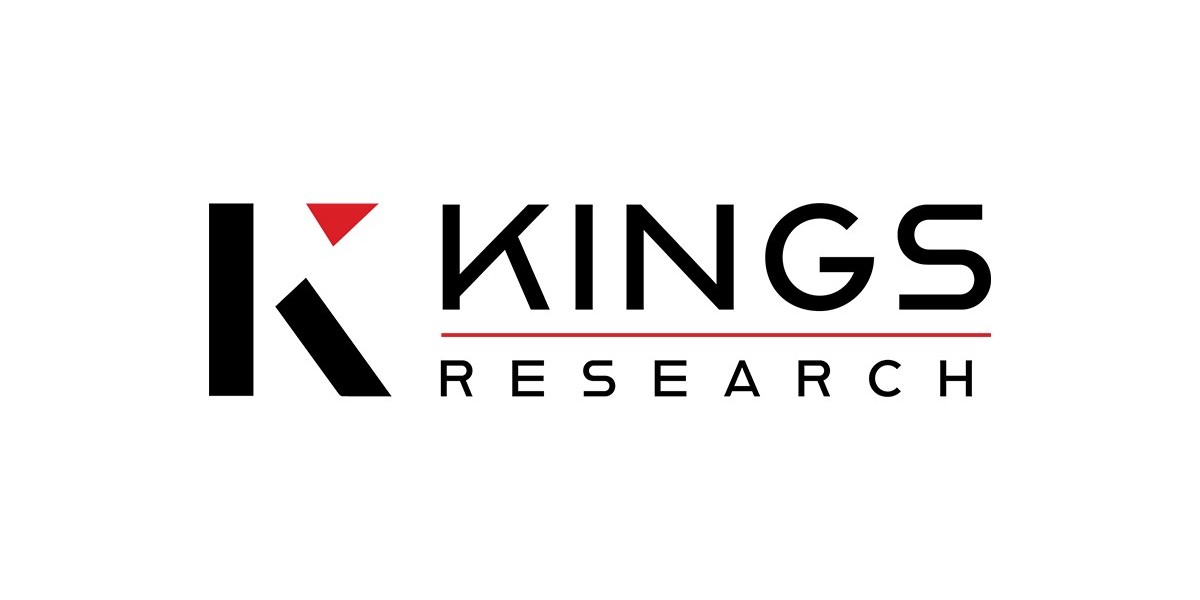In today’s Martech-driven landscape, Middle-of-the-Funnel (MOFU) strategies play an integral role in moving prospects closer to a sale. Crafting compelling case studies offers a unique MOFU tactic that not only highlights a product’s effectiveness but also provides potential customers with proof of concept, showcasing how the solution addresses specific needs. Case studies serve as relatable success stories, making them ideal for prospects seeking deeper insights before finalizing a purchase decision.
Why Case Studies are Essential for MOFU Content
Case studies bridge the gap between a customer's curiosity and their readiness to buy. They meet MOFU prospects where they are—needing substantial evidence of value without being overly promotional. In this tech article, we'll dive into how the right structure and focus can turn real-world results into persuasive content that can drive conversions.
- Demonstrate Real-World Applications
Case studies are valuable because they take theoretical benefits and show them in action. Rather than simply listing product features, they document a journey, typically beginning with a client’s challenge, followed by the solution provided, and concluding with the positive impact achieved.
This storytelling approach appeals strongly to MOFU audiences, who are typically in the consideration phase and looking for reassurance that your solution can solve their problem. For example, if you’re selling a Martech product, an effective case study could outline how your platform helped a client streamline their marketing processes, save time, and achieve measurable results. By seeing actual results, leads can visualize themselves achieving similar outcomes.
- Foster Credibility Through Data-Driven Insights
Providing concrete data in your case studies is crucial. Metrics, timelines, and quantifiable results elevate the credibility of your claims. For MOFU prospects, who may be comparing multiple solutions, hard data differentiates your offering from competitors. Consider including metrics such as percentage increases in productivity, reductions in cost, or enhancements in customer engagement—all relevant to show measurable success.
- Highlight Unique Selling Points
Every company has its unique value proposition, and a case study is an ideal medium for showcasing these aspects. Identify and highlight what makes your solution different. This could be exceptional customer service, an innovative feature, or a proprietary technology that contributed to the client’s success. By underscoring these USPs within a real-world example, you reinforce why a lead should consider your solution over another, all while keeping the focus MOFU.
- Incorporate Testimonials for Added Trust
Quotes and testimonials from real clients boost credibility and add an authentic voice to the story. For a MOFU audience, reading positive feedback from a peer can be highly persuasive, as it provides social proof. Potential buyers value insights from others who have faced similar challenges, which can increase trust and add a layer of validation. When these testimonials praise specific features, support services, or results, they strengthen the perception of reliability and make your offering more compelling.
- Use Visuals to Illustrate Success
Visual elements can enhance the storytelling aspect of your case study. Graphs, before-and-after comparisons, and process diagrams clarify complex information and make results easy to grasp. They’re also an effective way to convey data quickly and appeal to visual learners. Infographics that showcase KPIs or significant milestones make the content more engaging, helping readers visualize potential benefits, an essential tactic for sustaining MOFU interest.
- Simplify Complex Concepts
Often, companies in tech-heavy industries worry that case studies might oversimplify their offerings, but breaking down complex concepts is crucial for engaging MOFU prospects. Present technical features as part of a client’s journey and explain their benefits in practical terms. Suppose your case study involves a Martech solution that improved campaign automation for a client. Rather than detailing the intricate coding, emphasize the enhanced efficiency and increased campaign success. This allows a wide range of prospects to relate, regardless of their technical expertise.
Structuring Your Case Study to Maximize MOFU Impact
A well-structured case study has the power to engage, educate, and persuade. Here’s a framework for creating case studies that are both informative and impactful for MOFU audiences:
- Title and Summary: Start with an attention-grabbing title and a brief summary highlighting the client’s achievement.
- The Challenge: Describe the problem your client faced before implementing your solution. Be specific but avoid jargon that could alienate readers.
- The Solution: Introduce your product or service as the answer to the client’s challenge, explaining why it was the best fit.
- The Results: Conclude with concrete results, backed by data and visuals, demonstrating the positive impact of your solution.
- Client Testimonial: Finish with a direct quote from your client, adding an element of trust and relatability to the story.
Leveraging MOFU Case Studies Across Marketing Channels
Once crafted, a case study can be shared across multiple platforms, maximizing its impact. Here are ways to ensure it reaches your MOFU audience effectively:
- Email Campaigns: Send targeted case studies to leads within your pipeline, particularly those who have shown interest but haven’t yet converted.
- Landing Pages: Include case studies on your website’s MOFU landing pages, giving visitors access to valuable success stories directly.
- Social Media Posts: Summarize key points from case studies and share them on LinkedIn or other professional networks, encouraging prospects to engage.
- Sales Presentations: Provide sales teams with case studies to support conversations with potential clients, particularly during consultations where MOFU prospects seek detailed answers.
- White Papers and Reports: Turn the case study into a downloadable resource that MOFU leads can review in detail, increasing engagement with your brand.
Final Thoughts
Middle-of-the-Funnel case studies are a versatile, data-driven way to engage potential customers. By providing real-world examples of your product’s impact, case studies reduce risk perception, answer questions, and create confidence in your brand’s ability to deliver results. A well-crafted case study turns success stories into persuasive MOFU assets, effectively bridging the gap between interest and commitment.
Using these strategies, your case studies can go beyond basic storytelling, serving as key assets in nurturing leads through the decision-making process.









